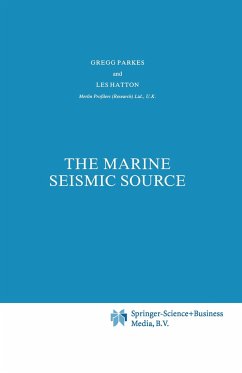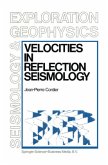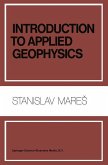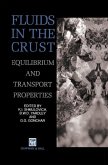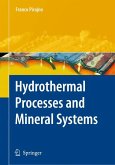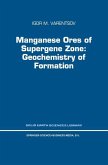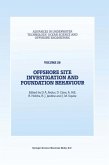This book is about marine seismic sources, their history, their physical principles and their deconvolution. It is particularly accented towards the physical aspects rather than the mathematical principles of signature generation in water as it is these aspects which the authors have found to be somewhat neglected. A huge amount of research has been carried out by both commercial and academic institutions over the years and the resulting literature is a little daunting, to say the least. In spite of this, the subject is intrinsically very simple and relies on a very few fundamental physical principles, a somewhat larger number of heuristic principles and a refreshingly small amount of blunderbuss mathematics. As such it is still one of those subjects in which the gifted practical engineer reigns supreme and from which many of the important advances have originated. In Chapter 1 of the book, the underlying physics and concepts are discussed, including pressure and wave propagation, bubble motion, virtual images and the factors determining choice of source. In marine reflection seismology, almost all of the seismic data acquired currently is done with either the airgun or the watergun, which rely on the expulsion of air and water respectively to generate acoustic energy. As a consequence, the discussion in this chapter is geared towards these two sources, as is much of the rest of the book.
`This admirably organized little book is a must for the beginning marine geophysicist and offers much useful information for the experienced practitioner.' Geophysics Journal
`This admirably organized little book is a must for the beginning marine geophysicist and offers much useful information for the experienced practitioner.' Geophysics Journal

